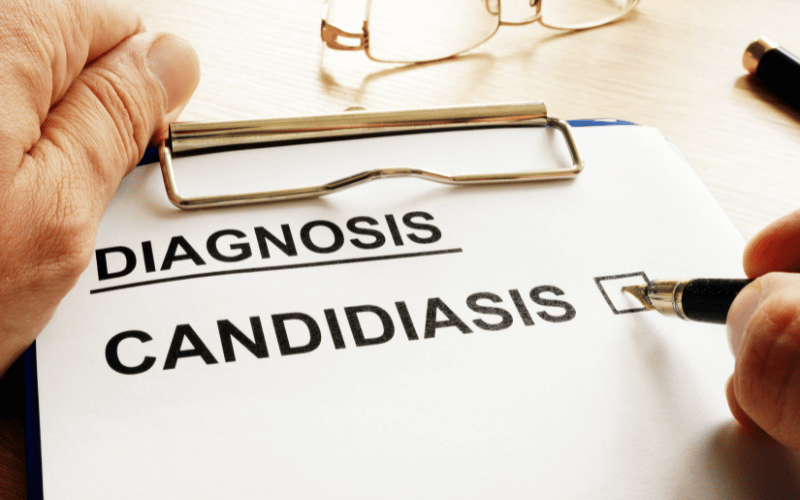Introduction: A Closer Look at Esophageal Candidiasis Symptoms

Are you dealing with recurring throat pain, chest discomfort, or difficulty swallowing? It’s easy to write these off as mere annoyances, perhaps attributing them to something you ate or a rough night’s sleep. But what if these symptoms signify something more concerning? Esophageal candidiasis may sound like medical jargon, but knowing its symptoms can make a world of difference in diagnosing and treating this often-overlooked condition.
Candidiasis refers to a variety of infections caused by the fungus Candida, and when this invader settles in the esophagus, it’s known as esophageal candidiasis. Though you might not have heard much about it, the symptoms can be painfully disruptive. From painful swallowing to persistent chest pain, these indicators should never be ignored. So why focus on esophageal candidiasis? Because early diagnosis can alleviate symptoms and prevent complications.
Now, you might be asking, “Isn’t this just like heartburn or acid reflux?” It’s a common misconception. Esophageal candidiasis has its unique set of symptoms that distinguish it from run-of-the-mill digestive discomforts. And while some symptoms may overlap with those of acid reflux or heartburn, their persistence and intensity often set them apart.
If you’re struggling with symptoms that just won’t go away, this article is for you. You’re about to discover the top 10 symptoms of esophageal candidiasis that should have you picking up the phone to make a doctor’s appointment. A comprehensive understanding of these signs can guide you to the right diagnosis and, ultimately, the relief you’ve been searching for.
Consider this your go-to resource for all things related to esophageal candidiasis symptoms. This isn’t just a list; it’s a roadmap to better health. Keep reading to uncover the signs and symptoms that could indicate you’re dealing with this often-misunderstood medical condition.
1. Difficulty Swallowing: More than a Minor Inconvenience

Difficulty swallowing, or dysphagia, doesn’t just throw a wrench in your eating plans—it can disrupt your life in ways you never anticipated. Imagine every bite becoming an ordeal, each swallow turning into a gamble. That’s the kind of impact this symptom can have. When it occurs persistently, it’s a glaring symptom of esophageal candidiasis.
You may first notice the symptom subtly. Perhaps you’re eating a piece of bread, and suddenly you feel like it’s lodged in your esophagus, refusing to go down. At first, you might attribute it to eating too quickly or not chewing your food well. But when it happens repeatedly, even with soft foods or liquids, it’s a sign something more serious is afoot.
This isn’t your average difficulty swallowing, where perhaps a gulp of water solves the problem. It often accompanies a harsh, burning sensation, making each swallow a painful endeavor. It doesn’t pick favorites among foods; be it a smoothie or a steak, the challenge remains.
Contrary to popular belief, this symptom isn’t just physical; it takes an emotional toll as well. The simple act of eating becomes fraught with anxiety. Dining out? Forget it. Even a home-cooked meal loses its luster when each bite is a struggle. The resulting stress can further exacerbate the condition, creating a vicious cycle. (1)